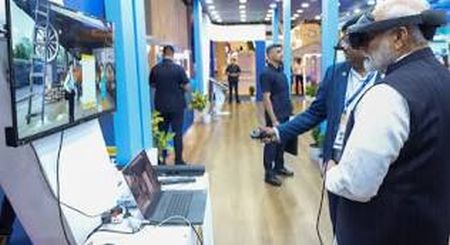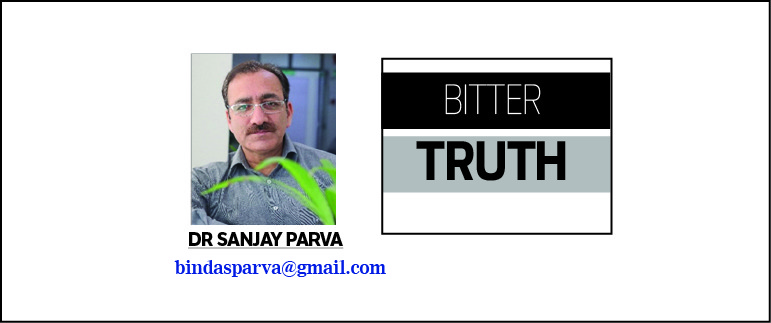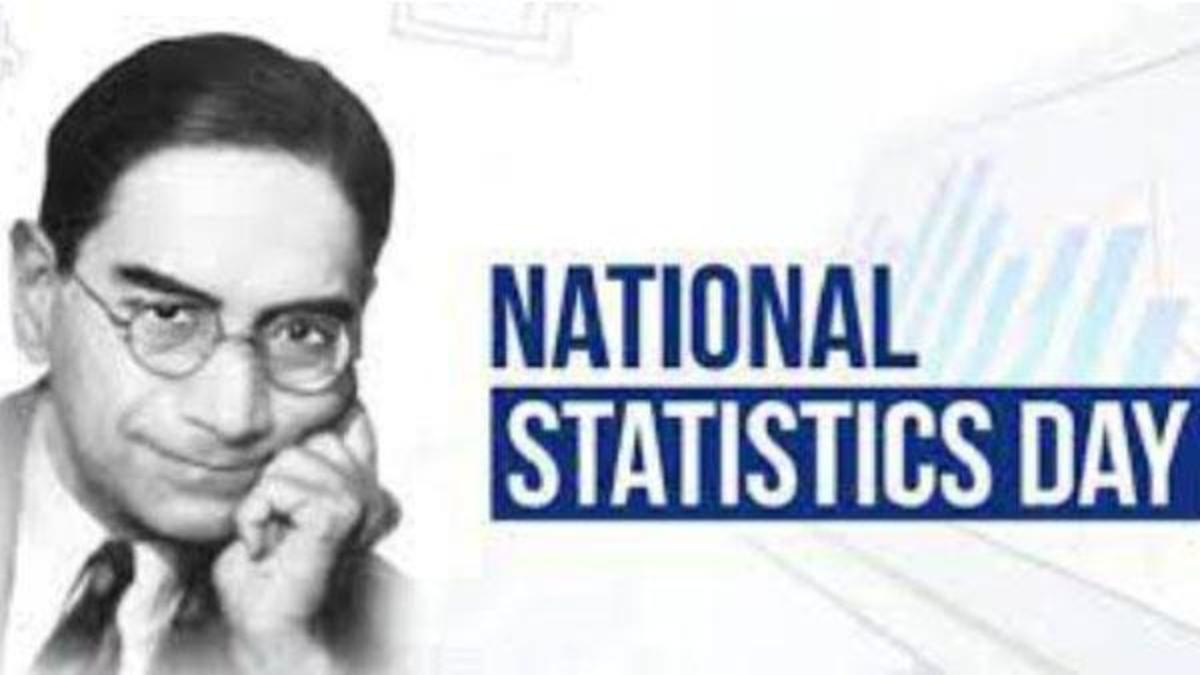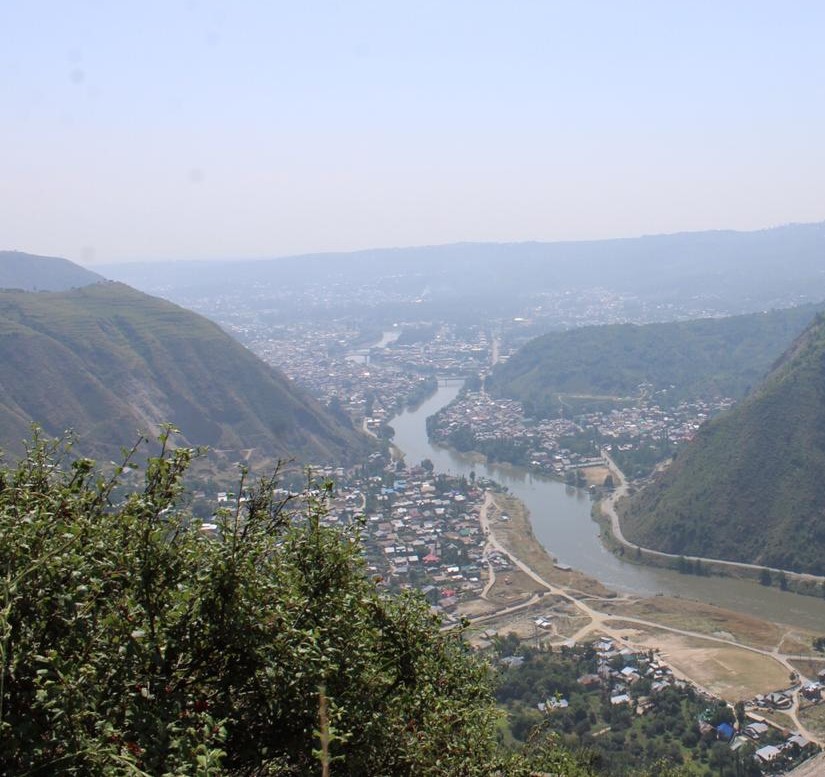Ten years ago, we embarked on a bold journey into uncharted territory with great conviction.
While decades were spent doubting the ability of Indians to use technology, we changed this approach and trusted the ability of Indians to use technology.
While decades were spent thinking that use of technology will deepen the gap between the haves and the have-nots, we changed this mindset and used technology to eliminate the gap between the haves and the have-nots.
When the intent is right, innovation empowers the less empowered. When the approach is inclusive, technology brings change in the lives of those on the margins.
This belief laid the foundation for Digital India: a mission to democratise access, build inclusive digital infrastructure, and opportunities for all.
In 2014, internet penetration was limited, digital literacy was low, and online access to government services was scarce. Many doubted whether a country as vast and diverse as India could truly go digital.
Today, that question has been answered not just in data and dashboards, but in the lives of 140 crore Indians. From how we govern, to how we learn, transact, and build, Digital India is everywhere.
Bridging the Digital Divide
In 2014, India had around 25 crore internet connections. Today, that number has grown to over 97 crores. Over 42 lakh kilometres of Optical Fibre Cable equivalent to 11 times the distance between Earth and the Moon now connects even the most remote villages.
India’s 5G rollout is among the fastest in the world, with 4.81 lakh base stations installed in just two years. High-speed internet now reaches urban hubs and forward military posts alike including Galwan, Siachen, and Ladakh.
India Stack, which is our digital backbone, has enabled platforms like UPI, which now handles 100+ billion transactions a year. Around half of all real time digital transactions happen in India.
Through Direct Benefit Transfer (DBT), over ₹44 lakh crore has been transferred directly to citizens, cutting out middlemen and saving ₹3.48 lakh crore in leakages.
Schemes like SVAMITVA have issued 2.4 crore+ property cards and mapped 6.47 lakh villages, ending years of land-related uncertainty.
Democratising Opportunity for All
India’s digital economy is empowering MSMEs and small entrepreneurs like never before.
ONDC (Open Network for Digital Commerce) is a revolutionary platform which opens a new window of opportunities by providing a seamless connection with huge market of buyers and sellers.
GeM (Government E-Marketplace) enables the common man to sell goods and services to all arms of the government. This not only empowers the common man with a huge market but also saves money for the Government.
Imagine this: You apply for a Mudra loan online. Your creditworthiness is assessed through an account aggregator framework. You get your loan and start your venture. You register on GeM, supply to schools and hospitals, and then scale up via ONDC.
ONDC recently crossed 200 million transactions, with the last 100 million in just six months. From Banarasi weavers to bamboo artisans in Nagaland, sellers are now reaching customers nationwide, without middlemen or digital monopolies.
GeM has also crossed ₹1 lakh crore GMV in 50 days, with 22 lakh sellers including 1.8 lakh+ women-led MSMEs, who have fulfilled orders worth ₹46,000 crore.
Digital Public Infrastructure: India’s Global Offering
India’s Digital Public Infrastructure (DPI) from Aadhaar, CoWIN, DigiLocker, and FASTag to PM-WANI and One Nation One Subscription is now studied and adopted globally.
CoWIN enabled the world’s largest vaccination drive, issuing 220 crore QR-verifiable certificates. DigiLocker, with 54 crore users, hosts 775 crore+ documents, securely and seamlessly.
Through our G20 Presidency, India launched the Global DPI Repository and a $25 million Social Impact Fund, helping nations across Africa and South Asia adopt inclusive digital ecosystems.
Startup Power Meets AatmaNirbhar Bharat
India now ranks among the top 3 startup ecosystems in the world, with over 1.8 lakh startups. But this is more than a startup movement, it is a tech renaissance.
India is doing extremely well when it comes to AI skill penetration and AI talent concentration among our youth.
Through the $1.2 billion India AI Mission, India has enabled access to 34,000 GPUs at globally unmatched prices at less than $1/GPU hour making India not just the most affordable internet economy, but also the most affordable compute destination.
India has championed humanity-first AI. The New Delhi Declaration on AI promotes innovation with responsibility. We are establishing AI Centres of Excellence across the country.
The Road Ahead
The next decade will be even more transformative. We are moving from digital governance to global digital leadership, from India-first to India-for-the-world.
Digital India has not remained a mere government program, it has become a people’s movement. It is central to building an Aatmanirbhar Bharat, and to making India a trusted innovation partner to the world.
To all innovators, entrepreneurs, and dreamers: the world is looking at India for the next digital breakthrough.
Let us build what empowers.
Let us solve what truly matters.
Let us lead with technology that unites, includes, and uplifts.
Courtesy PIB, Srinagar
The writer is the Hon’ble Prime Minister of India.





